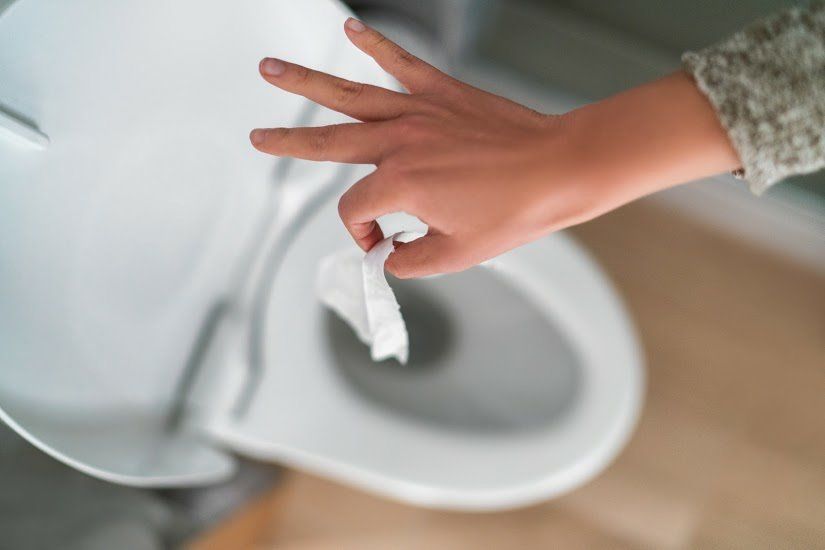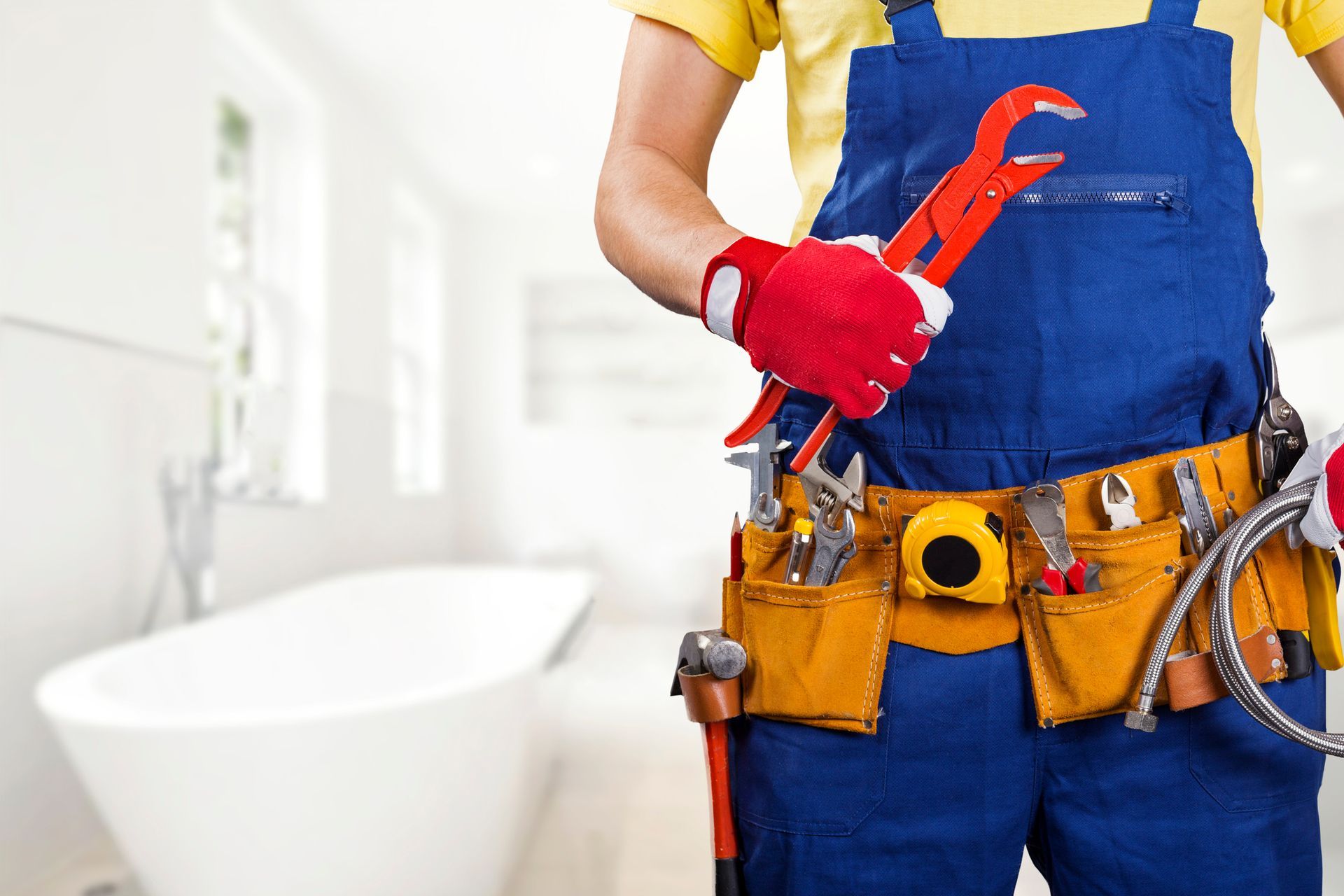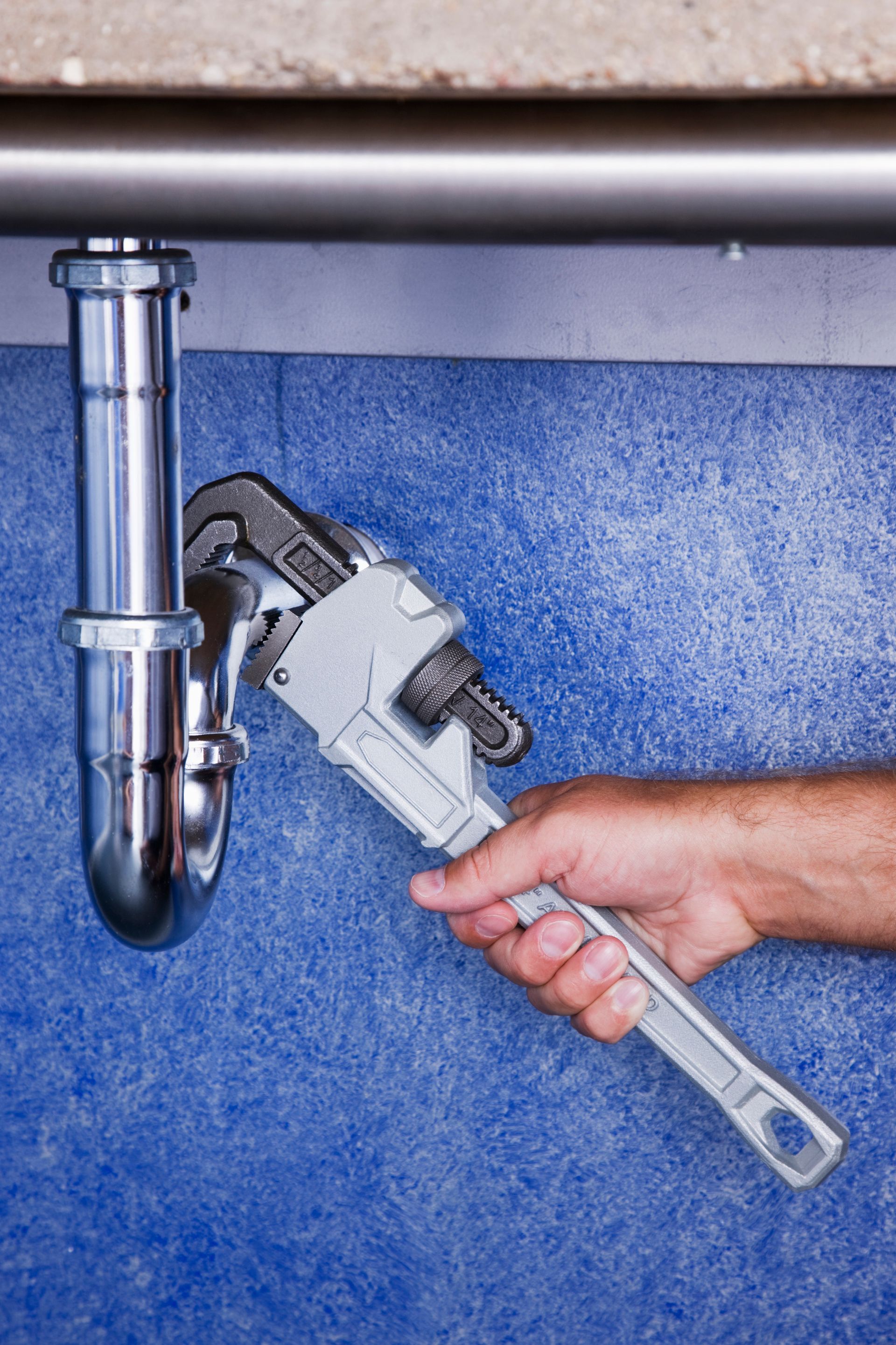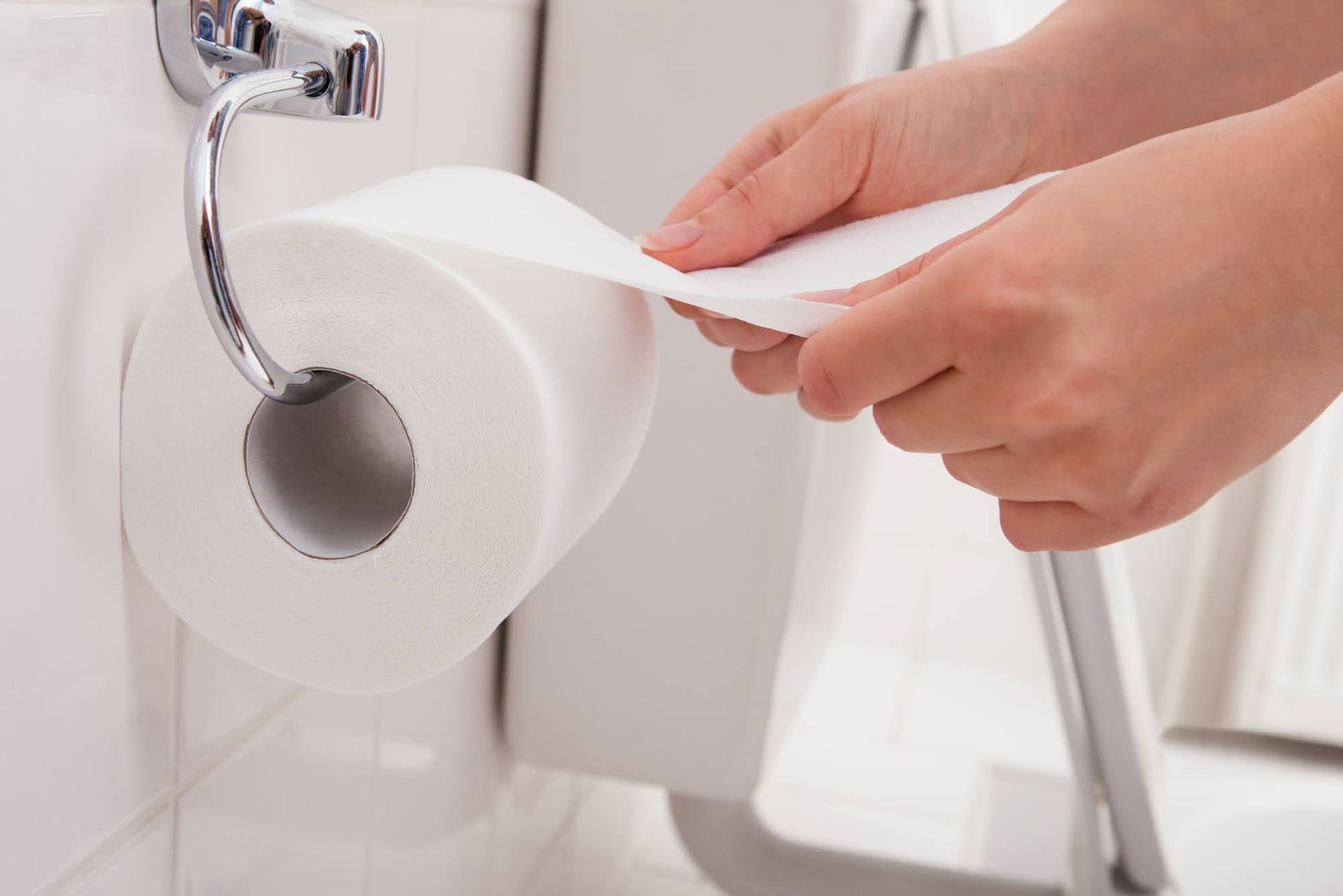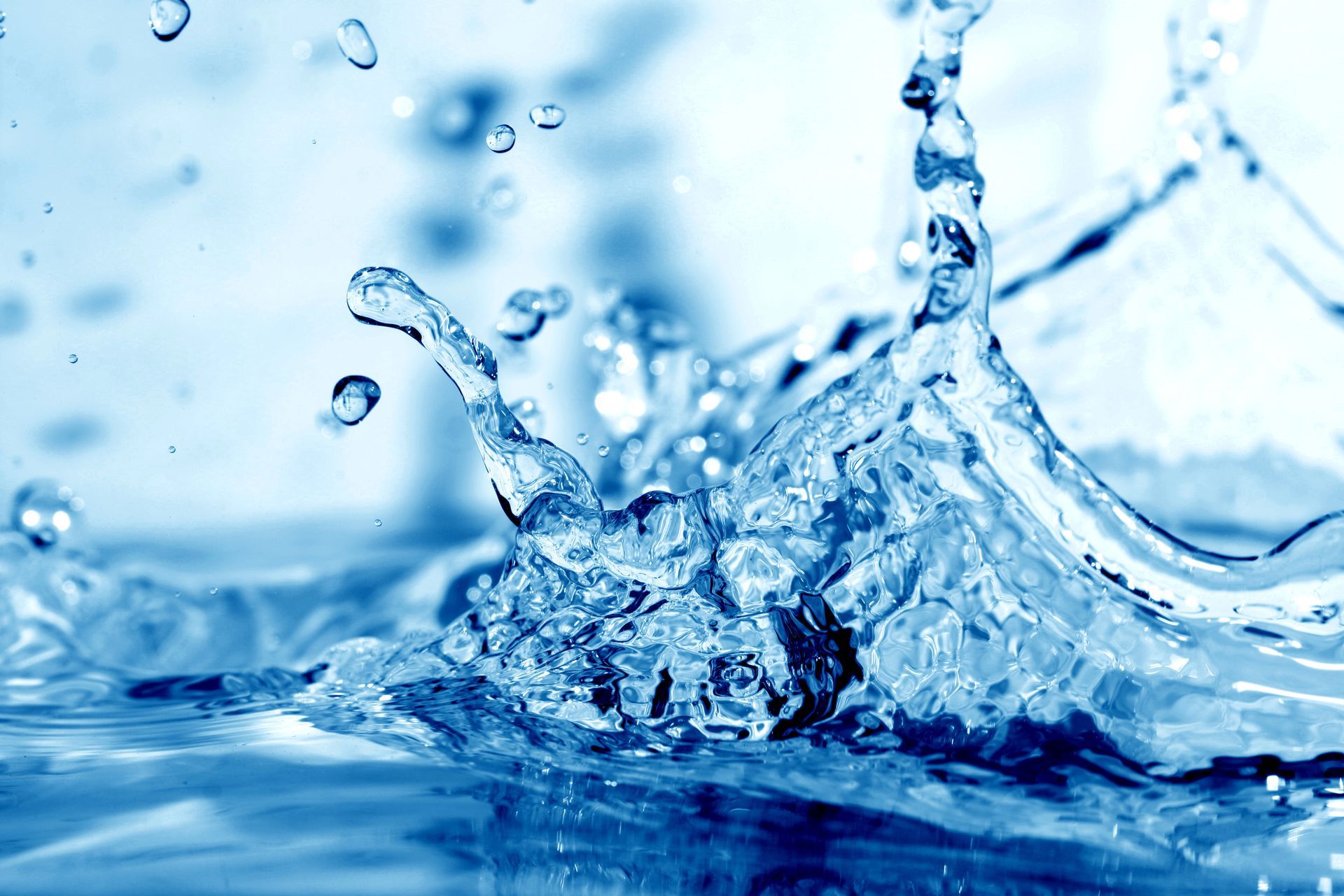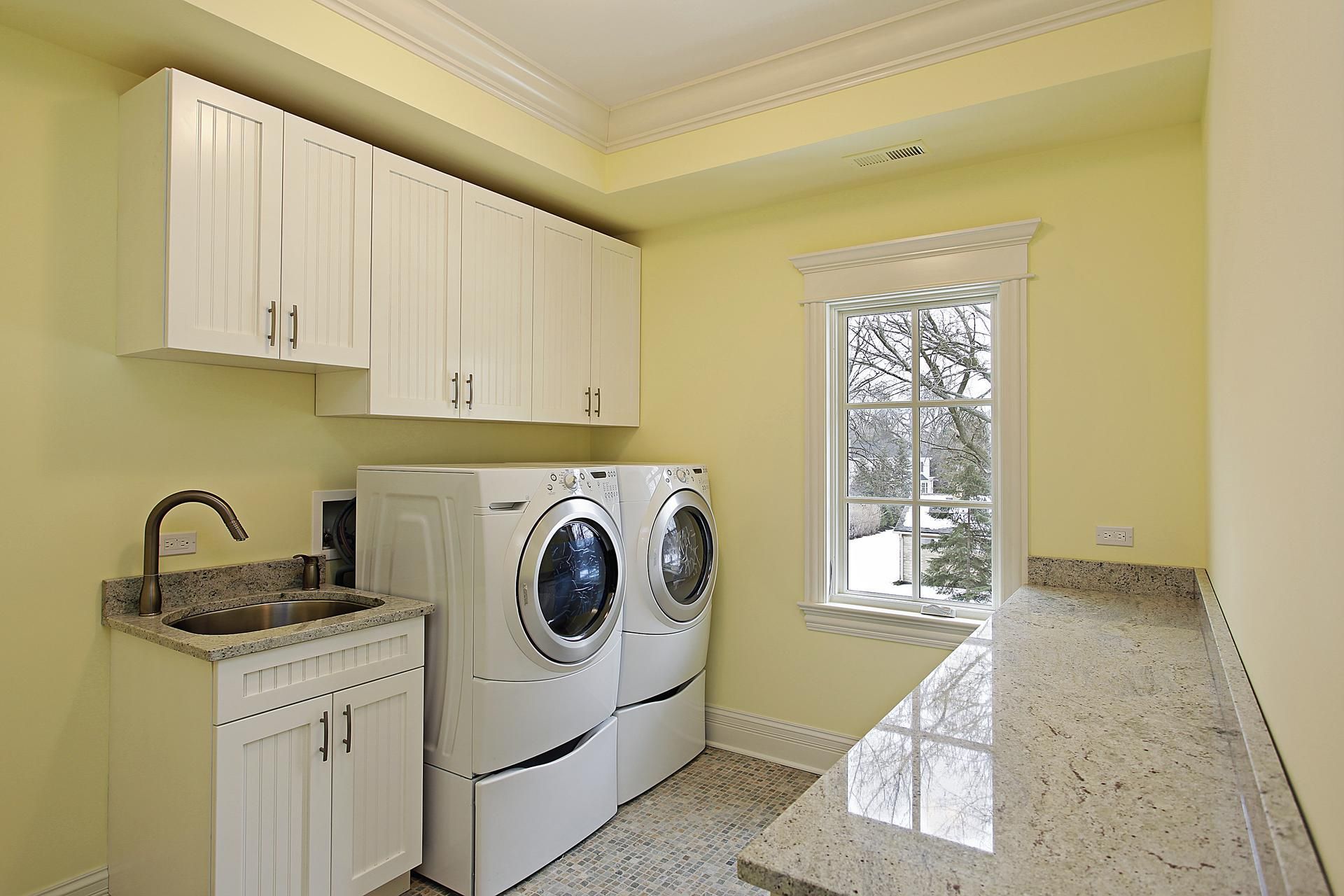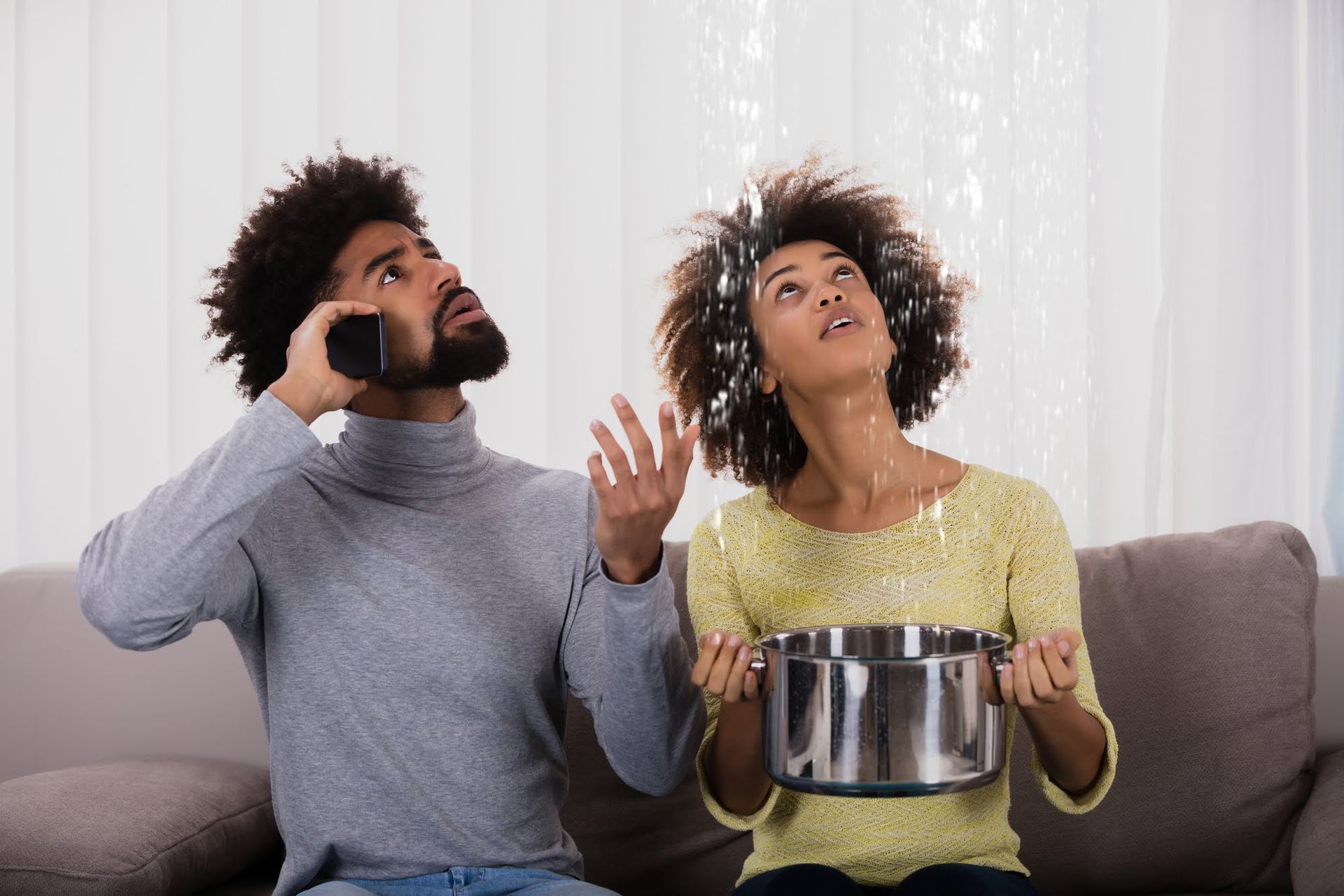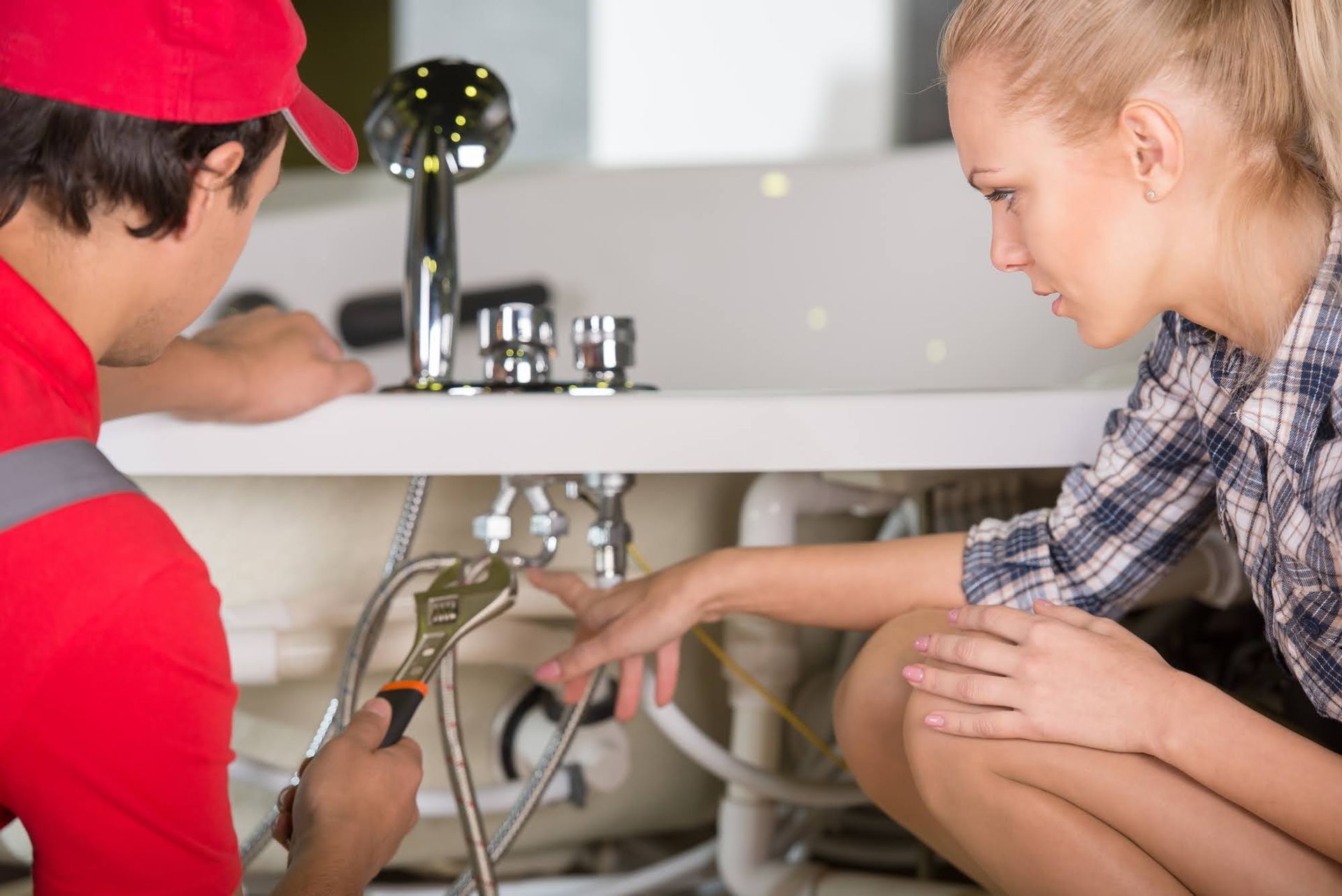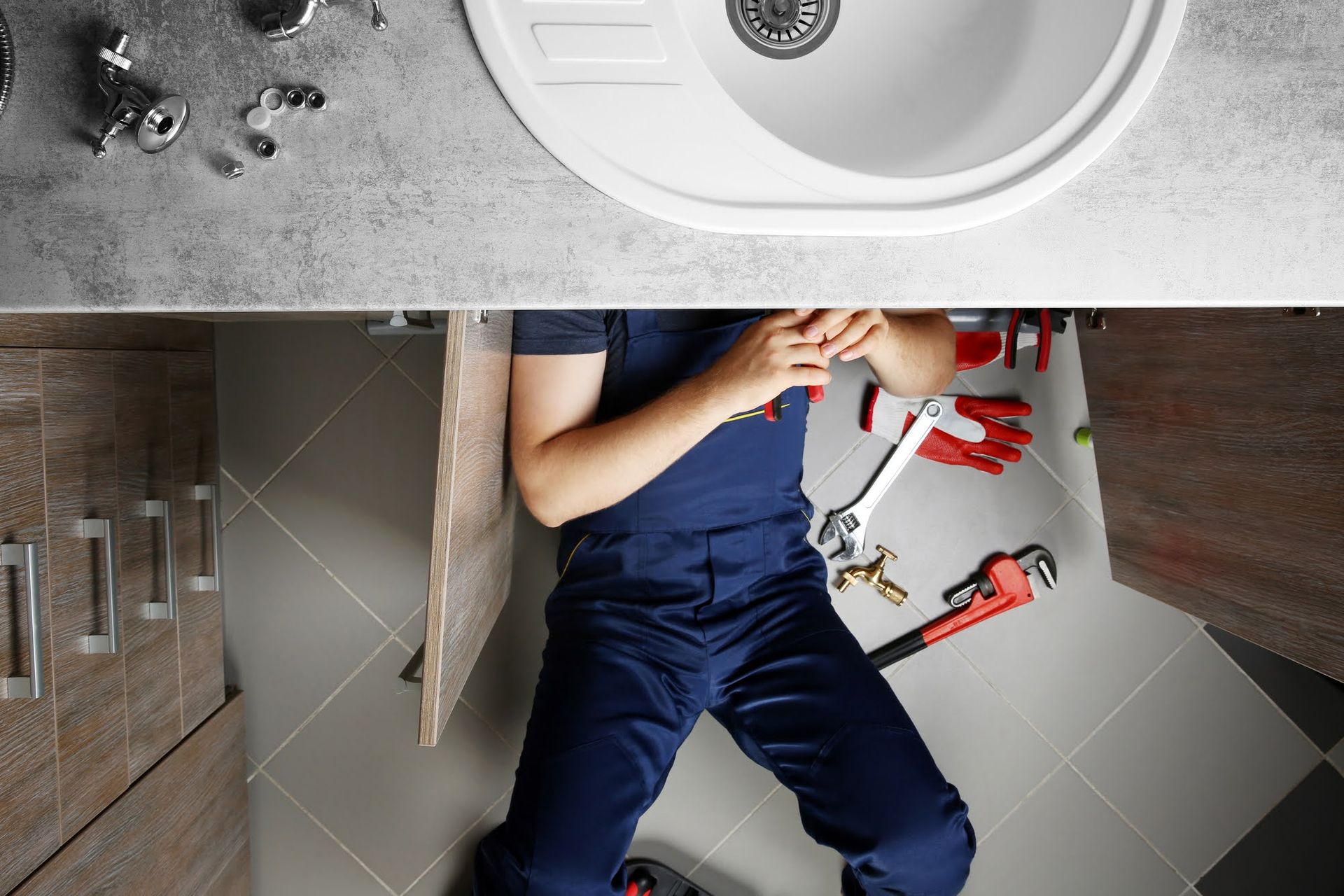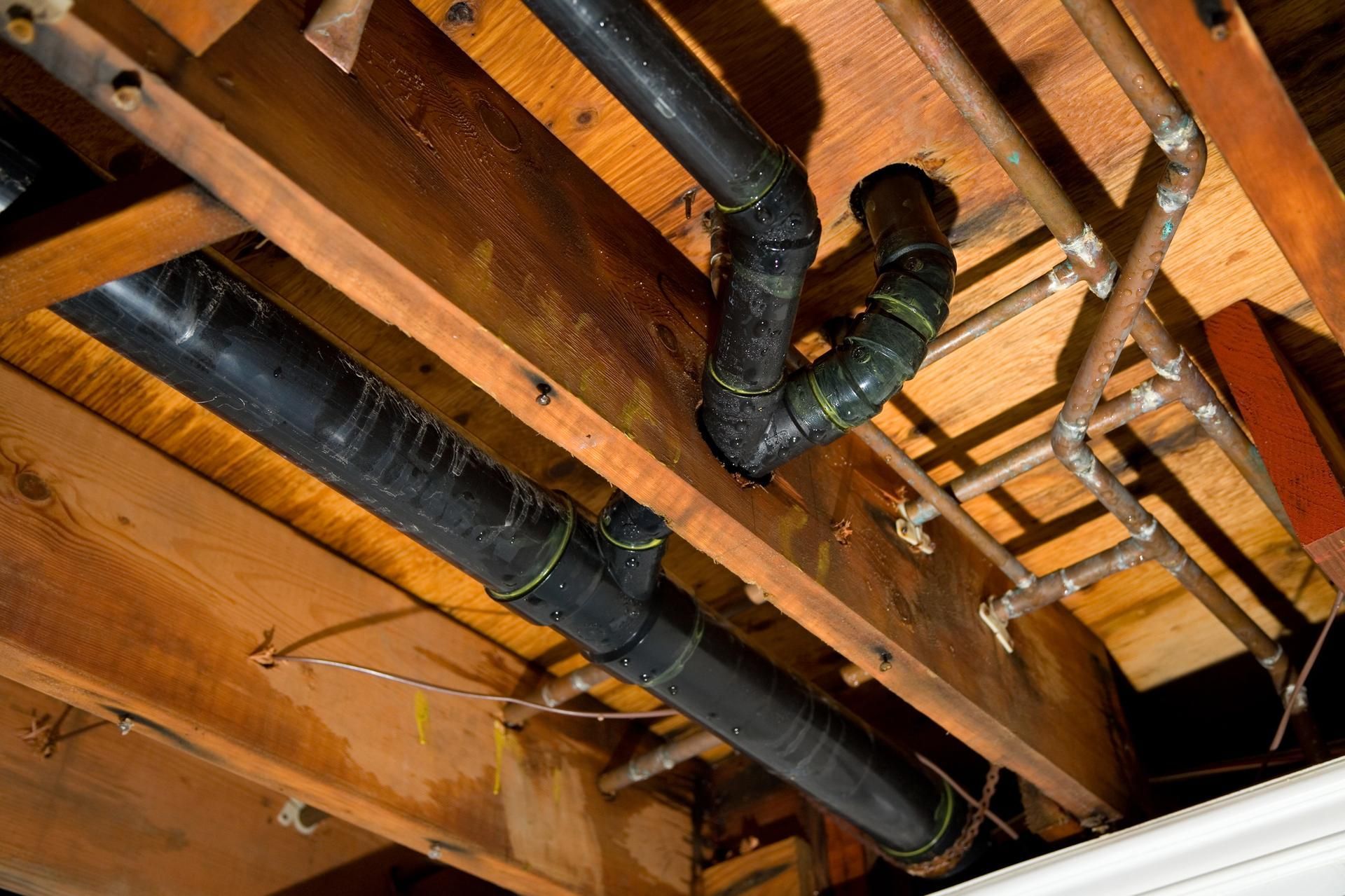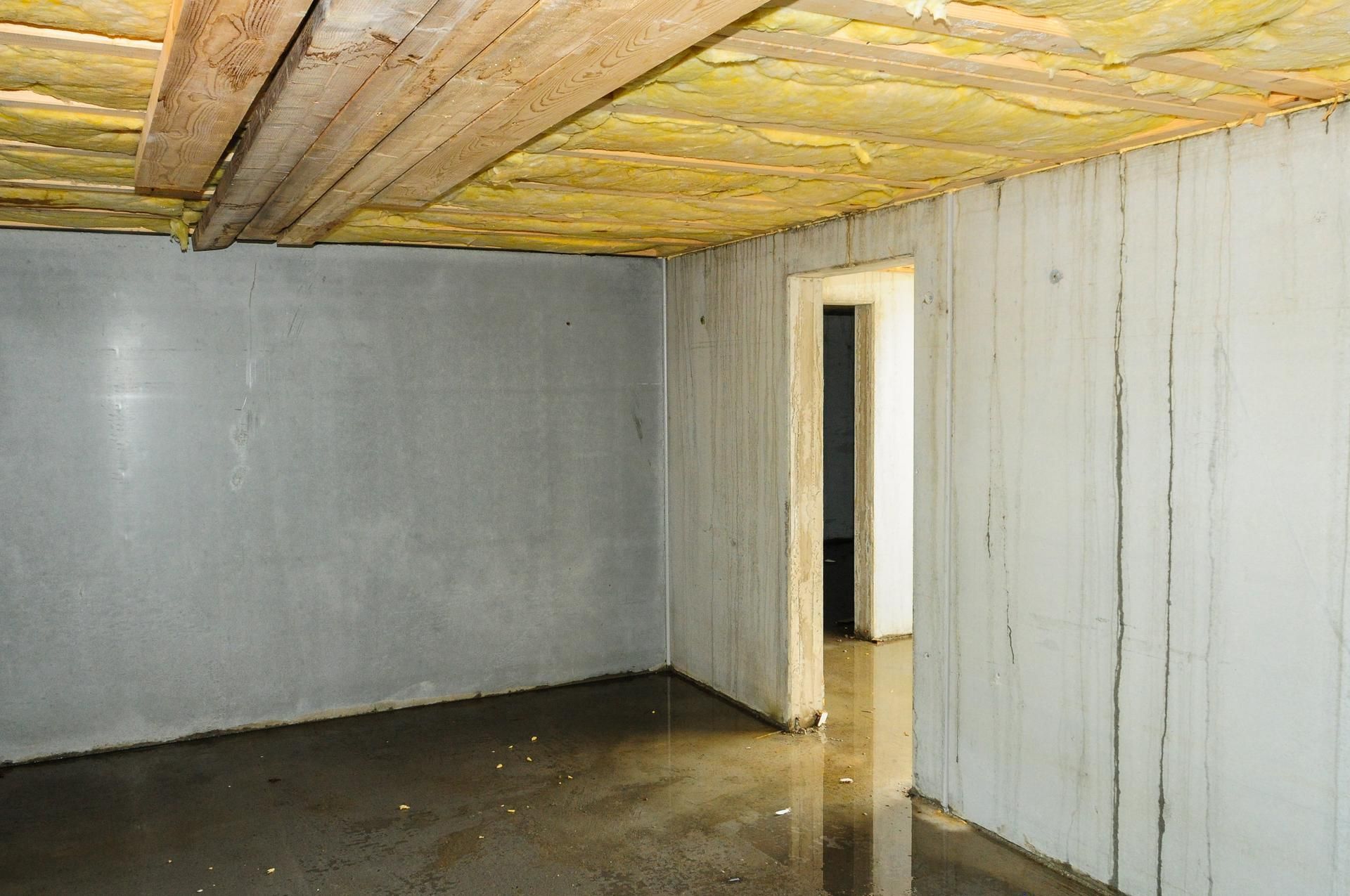Blog
4 Tips to Help You Prevent Toilet Clogs
April 29, 2021
Toilet clogs are one plumbing problem that can quickly turn from a nuisance into an emergency, but you can reduce the occurrence of toilet clogs by taking action. Here are four tips that will help you prevent this common plumbing problem.
1. Keep Objects From Falling Into the Bowl
Like most homeowners, you've probably heard that flushing anything other than toilet paper is a certain recipe for a clog. Unfortunately, foreign objects can sometimes find their way to the toilet inadvertently. Small objects that fall in during flushing can easily go down the drain before you can react. Small objects can also fall into the bowl and float down into the P-trap where you can't see them before you flush.
To be completely sure that no clog-causing objects will fall into the toilet, you should keep surfaces near the toilet clear as much as possible and close the lid when the toilet is not in use. Keeping nearby shelves and sinks clean will keep objects like soap, razors, makeup, small bottles, and other toiletries from falling in and causing clogs.
To be completely sure that no clog-causing objects will fall into the toilet, you should keep surfaces near the toilet clear as much as possible and close the lid when the toilet is not in use. Keeping nearby shelves and sinks clean will keep objects like soap, razors, makeup, small bottles, and other toiletries from falling in and causing clogs.
2. Switch Toilet Paper Brands, and Use Less
Even if you're careful to flush toilet paper and nothing else, you should know that not all toilet paper is the same when it comes to preventing clogs. Generally, toilet paper that is multi-ply or plush for added comfort will be the most difficult for your plumbing to handle. Similarly, scented toilet papers may have been treated with products that make them more difficult to break down.
If you are dealing with frequent toilet clogs, switching to a thinner toilet paper may resolve the issue. However, the problem may also be that people are using too much paper with each flush. This is more likely if you have recently switched to a low-flow toilet, which may not have the same flushing power that you're used to. Alternatively, the plumbing for your toilet may be old and corroded, creating a rough surface inside that is prone to clogs.
If you are dealing with frequent toilet clogs, switching to a thinner toilet paper may resolve the issue. However, the problem may also be that people are using too much paper with each flush. This is more likely if you have recently switched to a low-flow toilet, which may not have the same flushing power that you're used to. Alternatively, the plumbing for your toilet may be old and corroded, creating a rough surface inside that is prone to clogs.
3. Make Sure the Tank Is Filling Properly
For any gravity-flush toilet, flushing power will be dependent on the total volume of water being flushed. If your toilet tank isn't getting completely full for each flush, you may be able to eliminate clogs by fixing that problem. If you see water running into the toilet bowl constantly, this means there is a leak and the tank may be emptying at almost the same rate it fills. Replacing the flapper will fix this problem.
If your toilet doesn't have any apparent leak, there may be a problem with the floater or the fill valve. The floater rises with the water level and closes the fill valve when the tank is full. You can try adjusting the floater to allow more water into the tank, or you may need to install a replacement fill valve.
If your toilet doesn't have any apparent leak, there may be a problem with the floater or the fill valve. The floater rises with the water level and closes the fill valve when the tank is full. You can try adjusting the floater to allow more water into the tank, or you may need to install a replacement fill valve.
4. Check for Hard Water
The hardness of your water describes its mineral content: the harder the water is, the greater quantity of minerals it contains. Hard water in the home leads to scale buildup on plumbing pipes, reducing the space inside the pipe for waste to pass through. Scale buildup can also occur on the jet holes in your toilet bowl (if it has them) and reduce flushing power.
While a plumber can remove scale buildup from your toilet and plumbing, this is only a temporary solution. As long as the water from your water main is too hard, scale will continue to build up over time. The best long-term solution for this problem is to install a whole-home water softener so that you can be sure to protect your entire plumbing system.
These tips can help make toilet clogs a problem of the past in your home. Remember to call Complete Plumbing for all your home plumbing needs, and follow our blog for more useful tips and tricks!
While a plumber can remove scale buildup from your toilet and plumbing, this is only a temporary solution. As long as the water from your water main is too hard, scale will continue to build up over time. The best long-term solution for this problem is to install a whole-home water softener so that you can be sure to protect your entire plumbing system.
These tips can help make toilet clogs a problem of the past in your home. Remember to call Complete Plumbing for all your home plumbing needs, and follow our blog for more useful tips and tricks!
$35off Water Heater
Installation
Installation
$20off Plumbing
Services
Services
Ask About Our Senior
and Military Discount
and Military Discount



